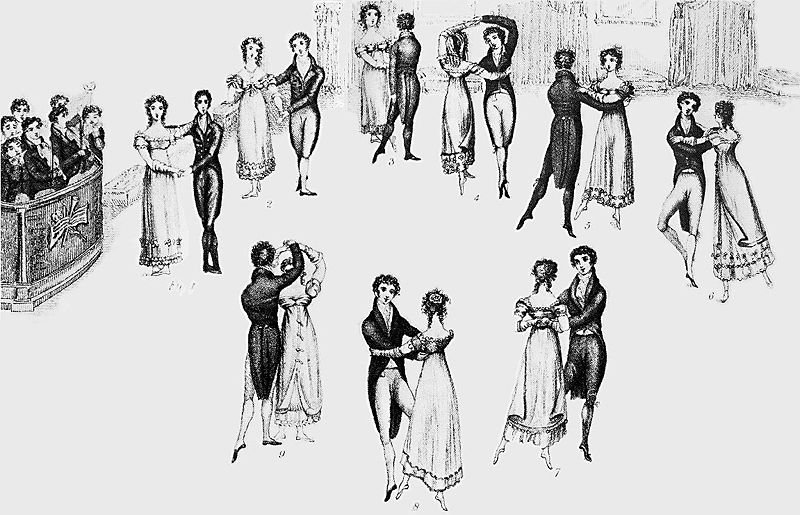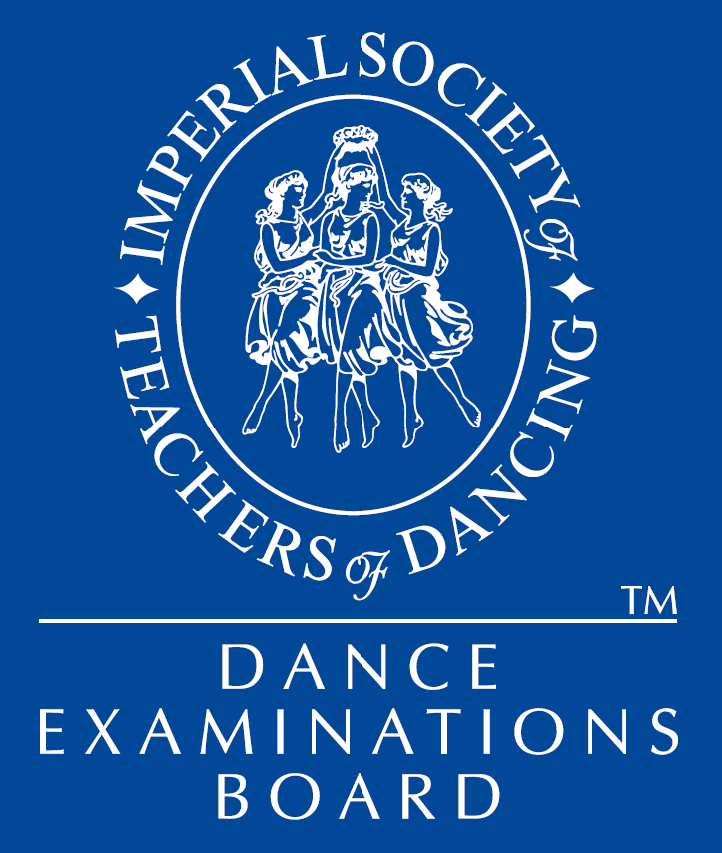
Viewing traditional dance from many countries around the world can be eye-opening. It is a refreshing change to view other techniques, hear different music and see different costumes as a source of inspiration. For the performer and choreographer, traditional dance practices from other countries and cultures can often be a learning curve in their methods of working.
There is a wealth of information within different dance practices, and especially those regarded as traditional, in order to inform and progress the art form. These practices are extremely different from the urban dance forms, dance sneakers and nude leotards we see in today’s dance scene, yet some are still very popular, considering Strictly Come Dancing and similar television shows for example and how mainstream it has now become.
For instance, what is now called the Viennese Waltz is the original form of the waltz which emerged in the second half of the 18th century. It was the first ballroom dance performed in the closed hold or “waltz” position, derived from the Ländler in Austria. The dance that is popularly known as the waltz is actually the English or slow waltz, danced at approximately 90 beats per minute, whereas the Viennese Waltz is danced at around 180 beats a minute. As the waltz evolved, some of the versions that were performed at the original fast tempo came to be called a “Viennese Waltz” to distinguish them from the slower waltzes. Today dances of Ballroom or Latin origins still play a large part in social cultural context, and are accessible too.
South East Asian dance, also plays a big part in today’s dance scene. Bharata Natyam and Kathak dance are both highly influential in choreographers’ work, such as Akram Khan, seen in the opening ceremony of the London 2012 Olympic Games. Bharata Natyam is a classical Indian dance, denoting various 19th and 20th century reconstructions of Cathir, the art of temple dancers. As a traditional dance-form known for its grace, purity, tenderness, and poses, today Bharata Natyam is one of the most popular and widely performed dance styles and is practiced by male and female dancers all over the world. Similarly, Kathak is one of the eight forms of Indian classical dances, with the dance form tracing its origins to ancient India. Its form today contains traces of temple and ritual dances, and the influence of the bhakti movement, using its past as a catalyst for new.
Today’s strong notions of Kathak, and many other forms of dance, in choreographers’ and performers’ work demonstrates the sheer strength and legacy of dance, and how much the past influences the present in every single dance discipline.
Image courtesy of Wikipedia.

